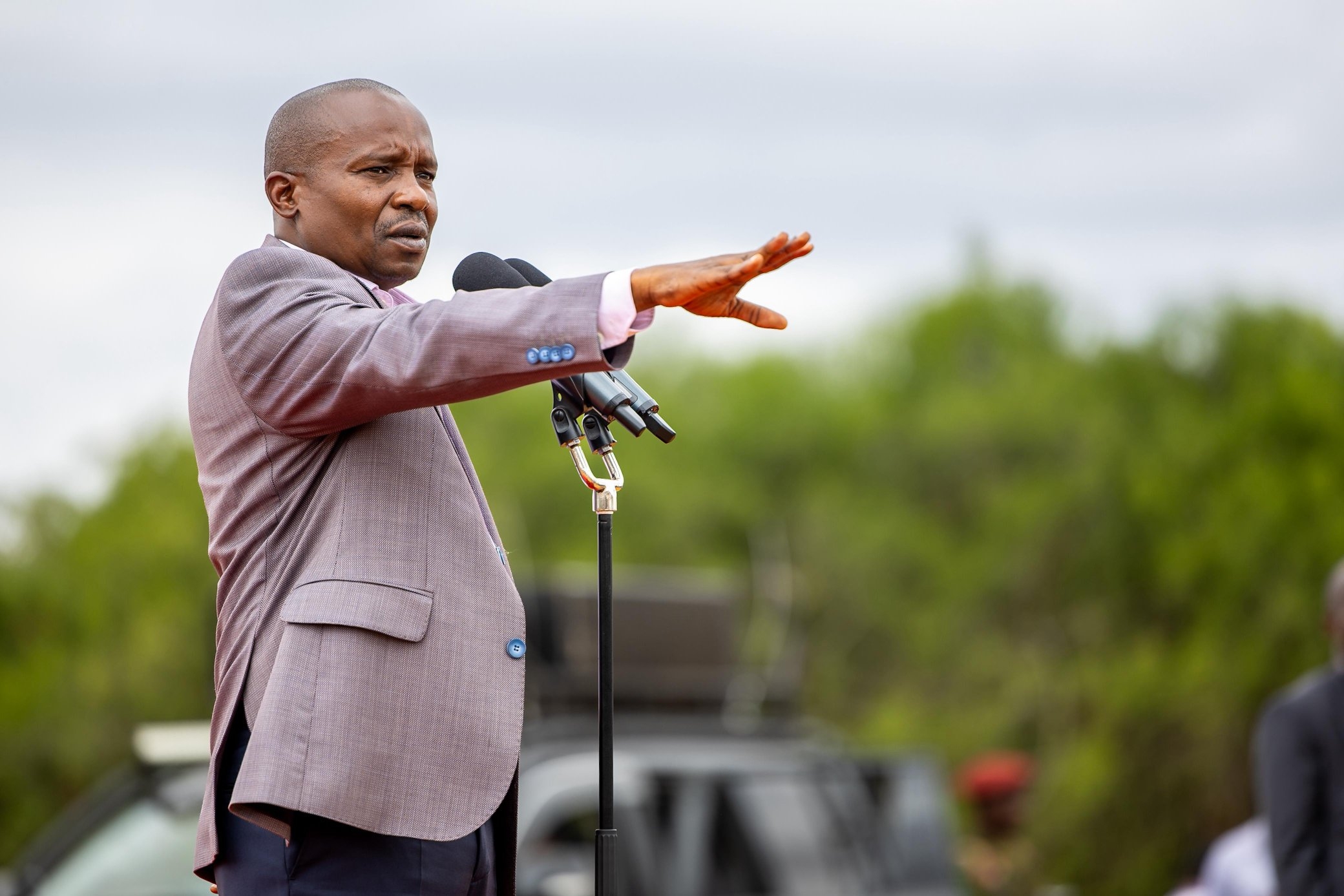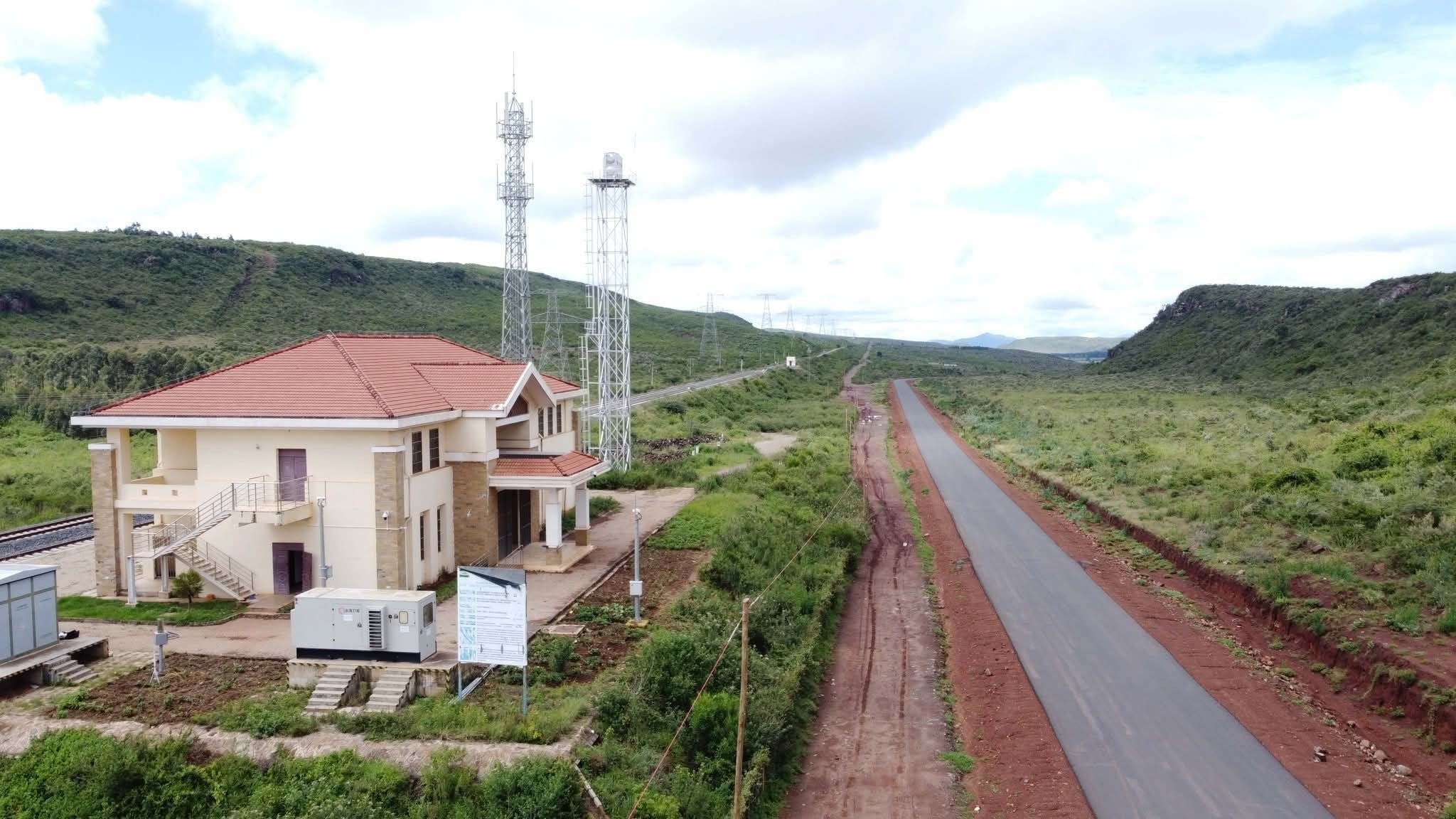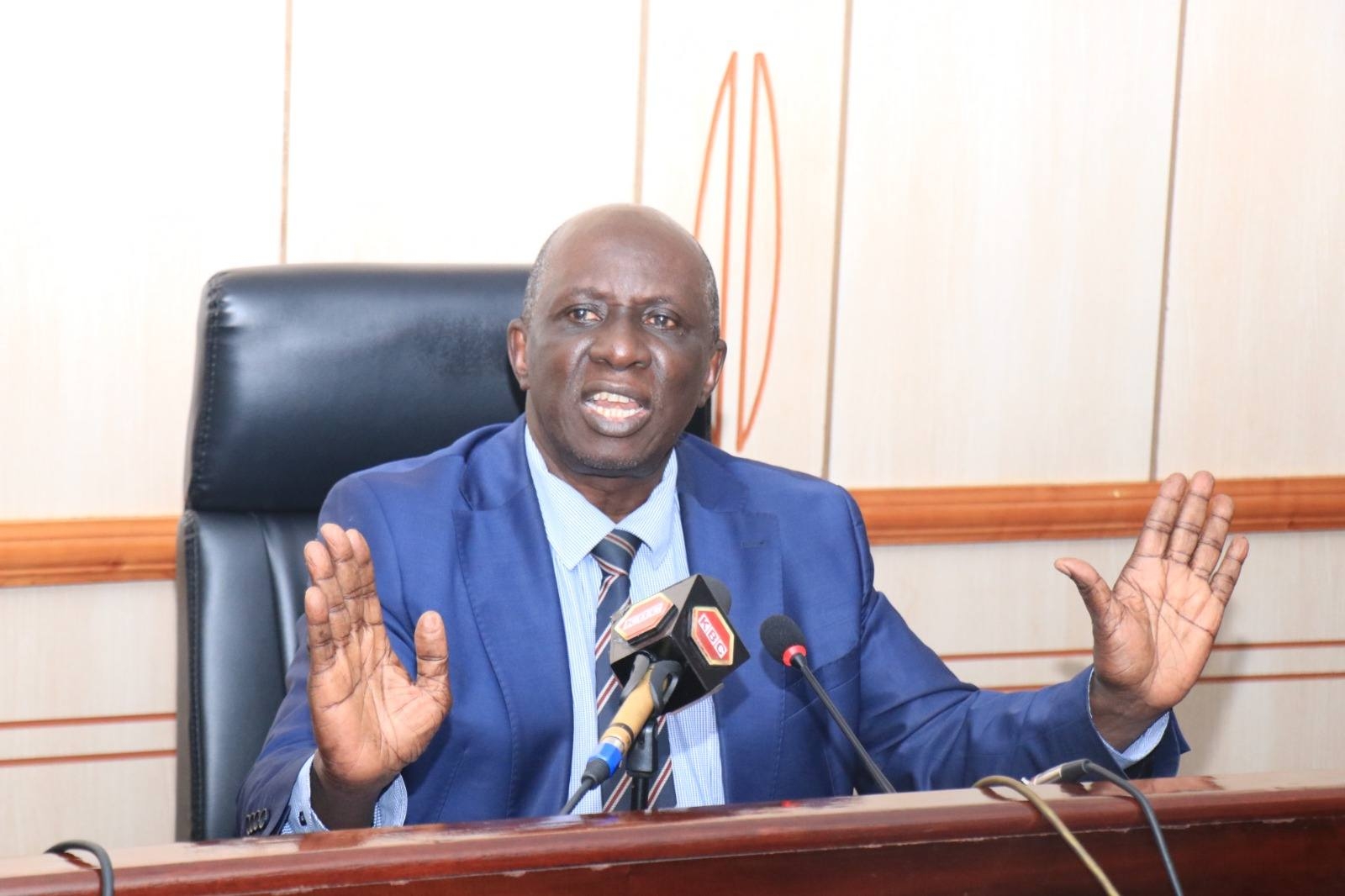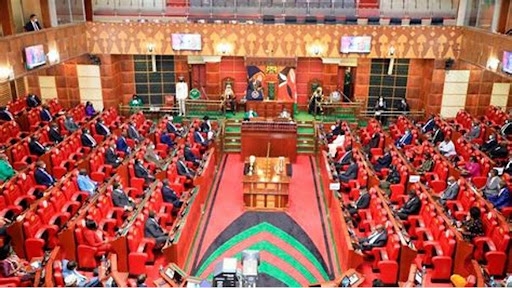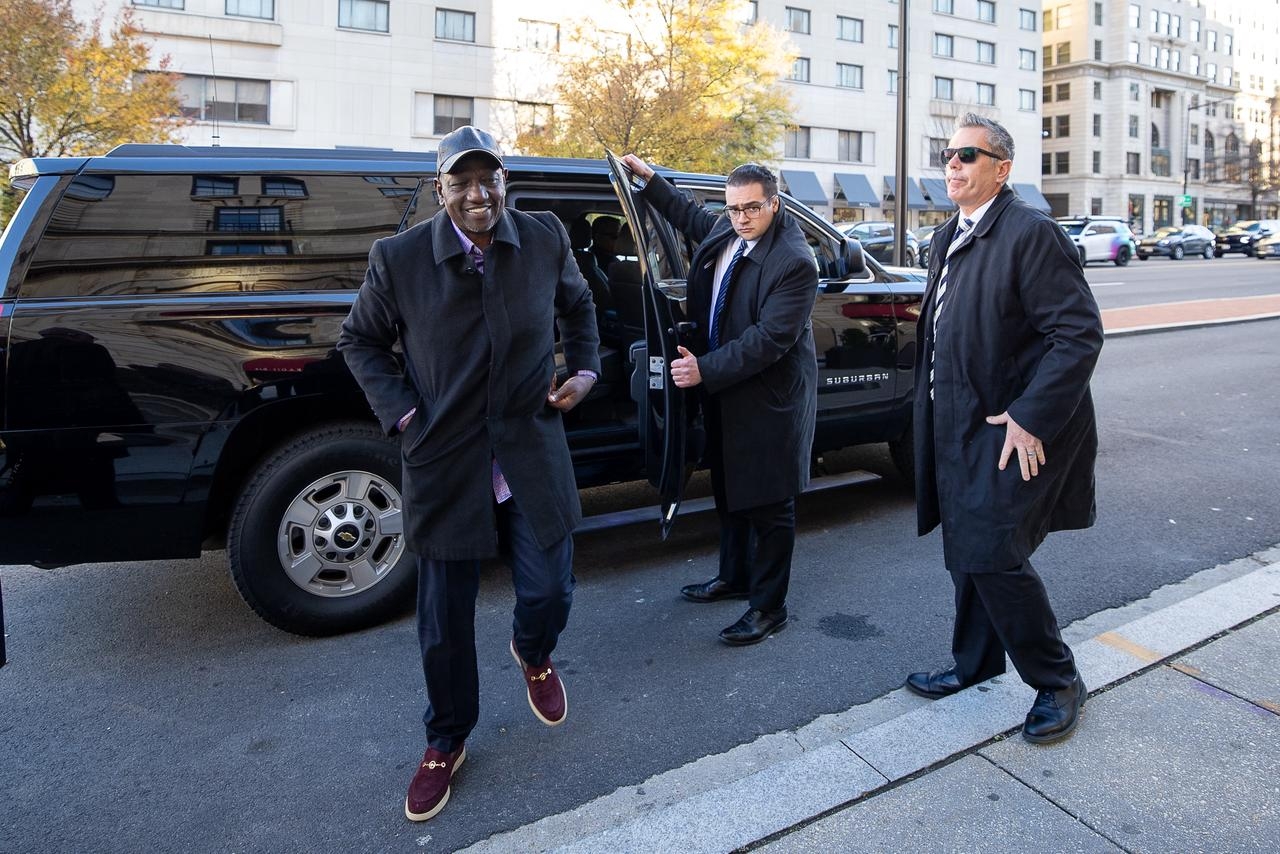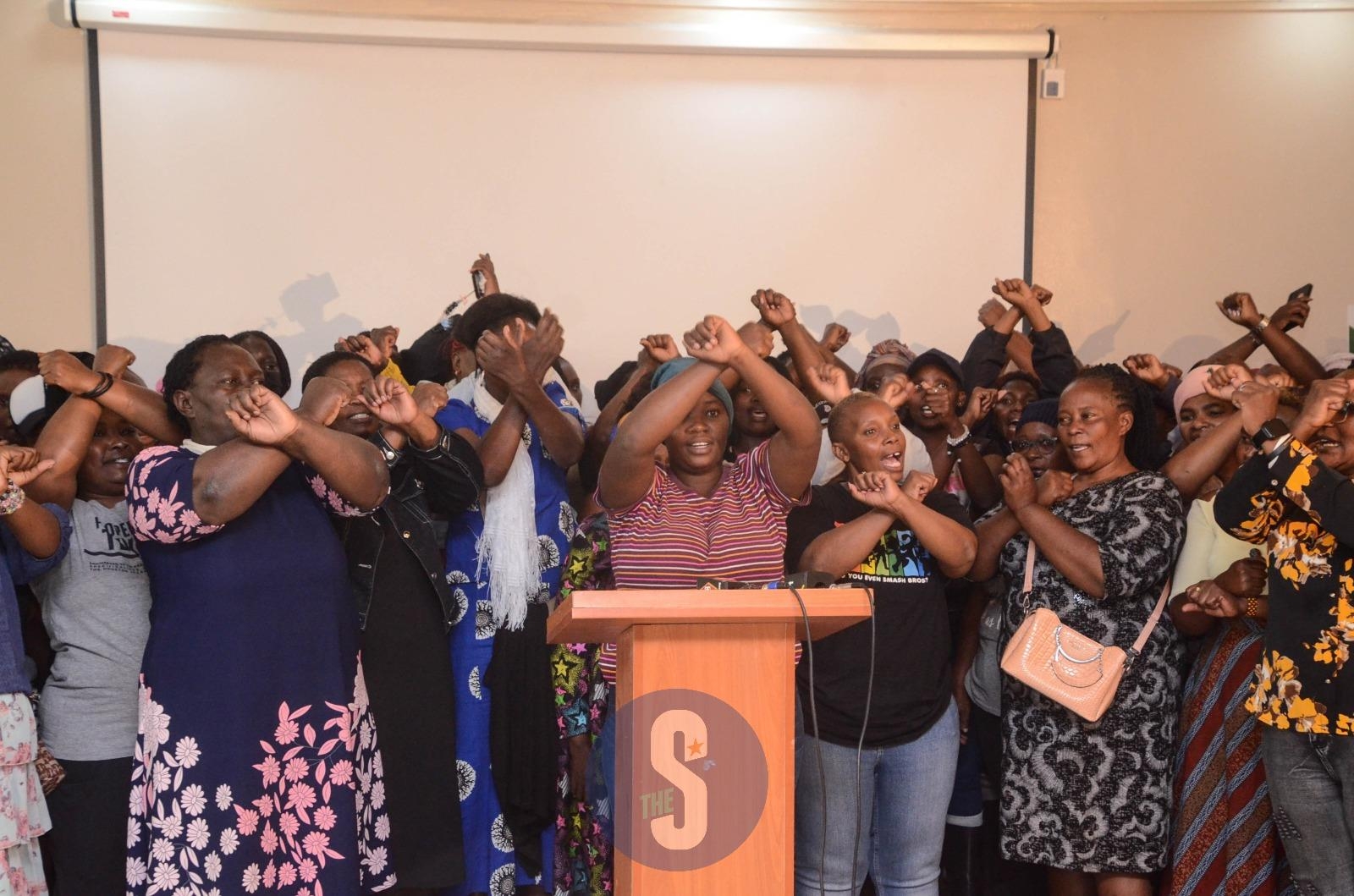If you find yourself in a garage or a busy market centre in major cities over the weekend, you will encounter young men hawking phone accessories and hot coffee, most of them are refugees who are in the country illegally. Not anymore.
The government now wants to remove restrictions against refugees and integrate them through a multi billion project, Shirika Plan, set to run for 12 years.
The first phase, the transition phase, is expected to cost $943 million (Sh121,175,500,000).
Immigration PS Julius Bitok said the plan will shift management of refugees from alms-based to direct participation in socioeconomic activities.
Most refugees are from Somalia, Ethiopia, South Sudan, Burundi, Rwanda, DRC and Uganda. These are countries with civil wars.
The 12-year project has three phases. The first four years will run between 2024 and 2027.
It will involve establishing a regulatory and policy regime, transitioning the camps into municipalities and inclusion of refugees into Kenya’s national systems and local services.
It also supports economic development plans in counties with refugee camps such as Turkana and Garissa.
The second phase that will run between 2028 and 2031, involves stabilising the project. The last phase between 2032 and 2035 will be of resilience.
Already, Kakuma and Dadaab camps in Turkana and Garissa counties have been gazette by the local administrations as municipalities.
Bitok said the momentum is sustaining and most establishments that host refugees will be gazetted.
“More than 900,000 refugees, asylum seekers and members of the host community in Dadaab and Kakuma stand to benefit from sustainable socioeconomic inclusion,” the plan says.
“Considering that most people in and around the camps live below the poverty line of $1.98 (Sh254) per day, the needs are significant and so is the potential to improve lives, facilitate integration and help sustain thriving communities."
Shirika Plan seeks to transform the lives of host communities through sustainable socioeconomic inclusion by access to essential services, human capital development and economic development.
It also seeks to build resilience against climate disasters.
The plan is owned and led by the national and county governments.
"It is a pioneering approach to transform Kenya’s refugee camps in Dadaab and Kakuma into settlements that are currently designated as municipalities, with refugees included in public services,” it says.
The government has partnered with the UN to roll out the plan.
“A whole-of-government and whole-of-partners approach is crucial to transition away from subsistence programming towards inclusion and solutions,” the plan says.
“To succeed, Shirika Plan will need support of development partners, multilateral development banks, international financial institutions and public and private sector financing."


